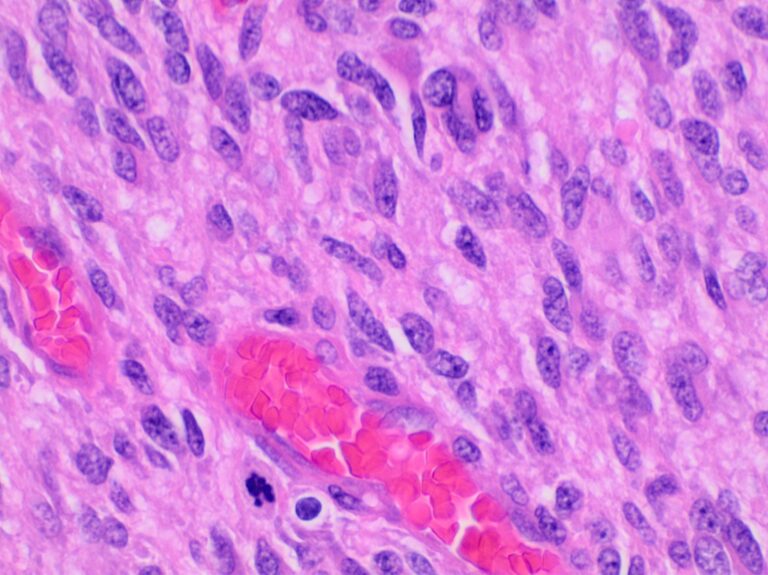Have you ever wondered how doctors can identify diseases just by looking at a tiny piece of tissue? That’s the magic of histopathology! This field of medicine plays a vital role in diagnosing various conditions, from infections to cancer. In this article, we’ll take a closer look at histopathology, how it works, and why it’s so important.
What Is Histopathology?
The Definition of Histopathology
Histopathology is the study of tissues under a microscope to identify abnormalities, such as diseases or infections. By examining the structure and composition of cells, histopathologists can uncover clues about the underlying health issues.
How Histopathology Differs from Other Fields
Unlike general pathology, which includes blood tests and other diagnostics, histopathology focuses exclusively on tissue analysis. It’s a highly specialized branch that bridges the gap between lab work and clinical diagnosis.
The Importance of Histopathology in Medicine
Essential Role in Disease Diagnosis
Histopathology is the gold standard for diagnosing many diseases. For example, a biopsy analyzed through histopathology can confirm whether a tumor is benign or malignant, helping doctors decide the best treatment plan.
Applications Beyond Diagnosis
Histopathology isn’t just about diagnosing diseases. It also aids in monitoring treatment effectiveness, researching disease progression, and contributing to medical breakthroughs.
The Histopathology Process
Collecting Tissue Samples
The process begins with a biopsy, where a small tissue sample is taken from the patient. This can be done using various methods, such as needle aspiration, surgical removal, or endoscopy.
Preparing Slides for Examination
Once the sample is collected, it undergoes processing. This involves fixing the tissue in formalin, embedding it in paraffin, slicing it into thin sections, and mounting these sections on slides.
Microscopic Analysis
The slides are then stained with dyes to highlight cellular structures. A histopathologist examines them under a microscope, searching for signs of abnormalities like cancer cells or inflammatory changes.
Tools and Techniques in Histopathology
Staining Methods
Stains like hematoxylin and eosin (H&E) are commonly used to differentiate between cell types and tissues. Advanced stains, such as immunohistochemistry, help identify specific proteins or markers.
Advanced Imaging Techniques
Modern histopathology incorporates imaging technologies like confocal microscopy and digital scanning, allowing for more detailed and accurate analysis.
Common Diseases Diagnosed with Histopathology
Cancer Diagnosis
Histopathology is crucial for identifying and staging cancers. By analyzing tumor cells, doctors can determine the type, grade, and spread of the cancer, which guides treatment decisions.
Autoimmune and Inflammatory Diseases
Conditions like lupus, rheumatoid arthritis, and Crohn’s disease are often diagnosed through histopathological examination of affected tissues, revealing patterns of inflammation and immune response.
Benefits of Histopathology
Accuracy in Identifying Diseases
Histopathology provides unmatched accuracy in diagnosing a wide range of conditions. It offers insights that other diagnostic tools, such as imaging or blood tests, might miss.
Early Detection Advantages
By catching diseases in their early stages, histopathology enables timely interventions, which can significantly improve patient outcomes.
Limitations and Challenges of Histopathology
Human Error in Analysis
Because histopathology relies on manual examination by specialists, human error can sometimes lead to misdiagnosis. Continuous training and experience are critical to minimize this risk.
Time-Consuming Nature
Preparing and analyzing tissue samples is a meticulous process that takes time. In urgent cases, the wait for results can be stressful for patients.
The Future of Histopathology
Digital Pathology and AI
The integration of digital pathology and artificial intelligence is transforming histopathology. AI algorithms can analyze tissue slides faster and with high accuracy, supporting pathologists in their work.
Innovations in Staining and Imaging
New staining techniques and imaging advancements are making it possible to examine tissues in unprecedented detail, leading to more precise diagnoses.
Conclusion
Histopathology is the cornerstone of modern medical diagnosis. By examining tissues at a microscopic level, it provides invaluable insights into a patient’s health, guiding treatment and improving outcomes. While it has limitations, advancements in technology are continuously enhancing its capabilities.
Whether you’re a medical professional or just curious about how diseases are diagnosed, understanding histopathology sheds light on the incredible work happening behind the scenes in healthcare.
FAQs
1. What is histopathology used for?
Histopathology is primarily used for diagnosing diseases by analyzing tissue samples under a microscope.
2. How long does it take to get histopathology results?
It usually takes a few days to a week, depending on the complexity of the analysis and the condition being investigated.
3. Is histopathology accurate?
Yes, histopathology is considered one of the most accurate diagnostic tools for identifying and understanding diseases.
4. What happens to tissue samples after analysis?
Tissue samples are often stored for future reference or additional testing, depending on the medical facility’s policies.
5. Can histopathology detect all types of cancer?
While histopathology is highly effective in diagnosing many cancers, some may require additional tests, such as molecular or genetic analysis, for confirmation.


